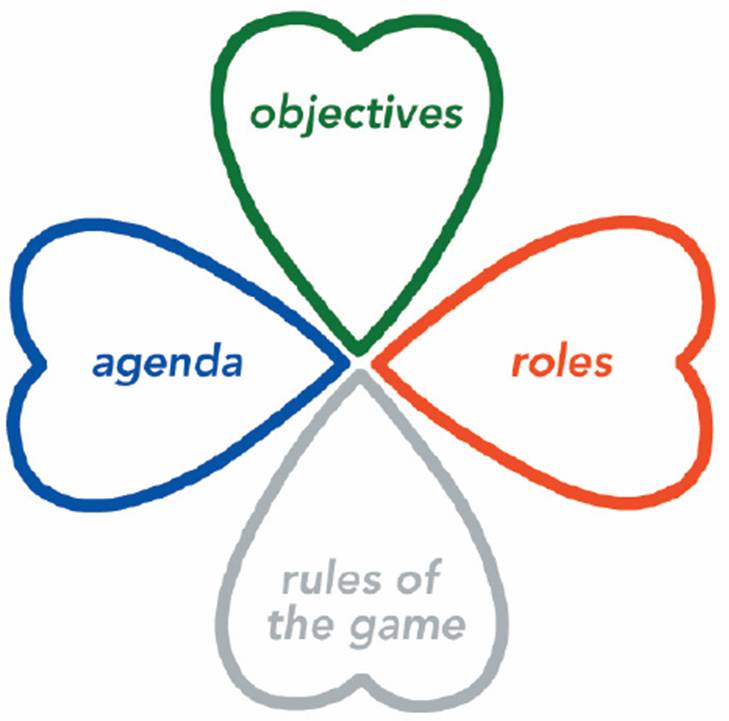Last week, someone made me aware of the fact that a 4 hour meeting we attended with 30 persons accounted for almost one man-month. Unfortunately, it never says so on the invoices or the time-sheets of the participants.
In case this would be explicit, people would be meeting far more efficiently. And I am talking about plain and simple easy-to-implement improvements … no rocket science – just another point of view.
We need to realize that one of the most important communications instruments for a change manager is the meeting. In order to use this channel in the best possible manner you need to be aware of the different reasons why meetings are held and you need to adapt the format of the meeting accordingly. Here are some examples:
- providing/gathering information
- generating ideas/brainstorming
- listing of issues
- solving of issues
- taking decisions
- generating solidarity with the team/team building
If you fail to clarify one of the above objectives in the beginning of the meeting, some participants may be tempted to take advantage of this situation in order to bring their own agenda forward.

The above diagram is titled ‘Doing away with belly aching – the clover-four of a healthy meeting‘. If you are clear on all four of these ingredients, the odds are that you are about to chair a healthy meeting.
According to Bill Jensen participants are entrusting you with part of their life, i.e. the time that you are meeting with them. Therefore you should always ask yourself the three following questions before taking into hostage a part of your participant’s lives:
- What is the participant getting from this meeting?
- What is the participant’s added value?
- If the participant is suddenly taken ill, can the meeting take place without him/her?
We all know that meetings can be a big time consumer, but we also know that they are a necessary evil – so why not make the best of it?


